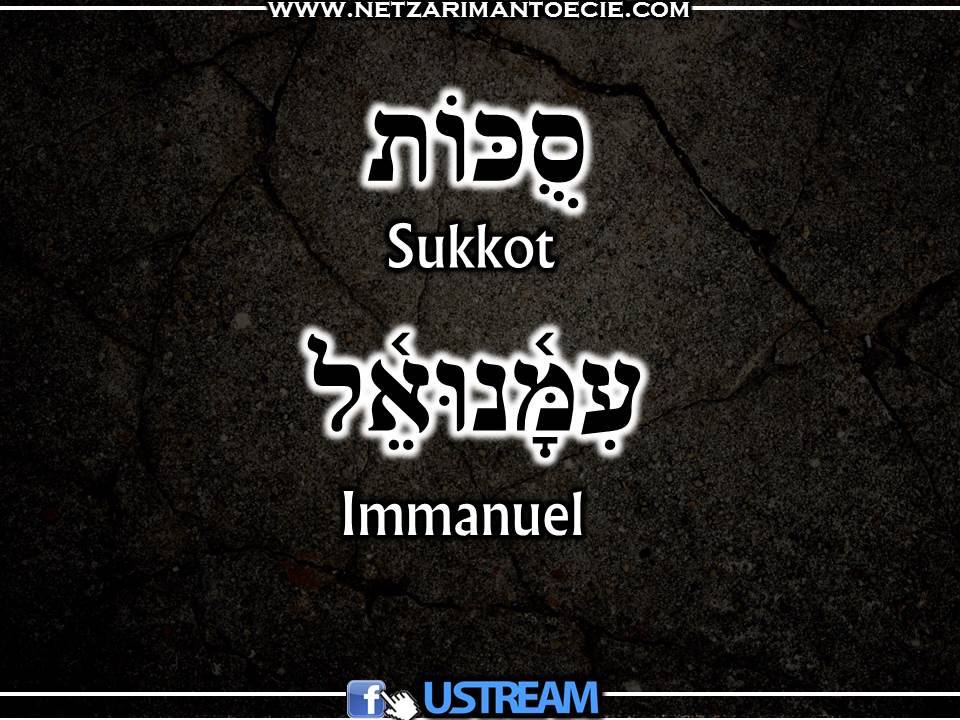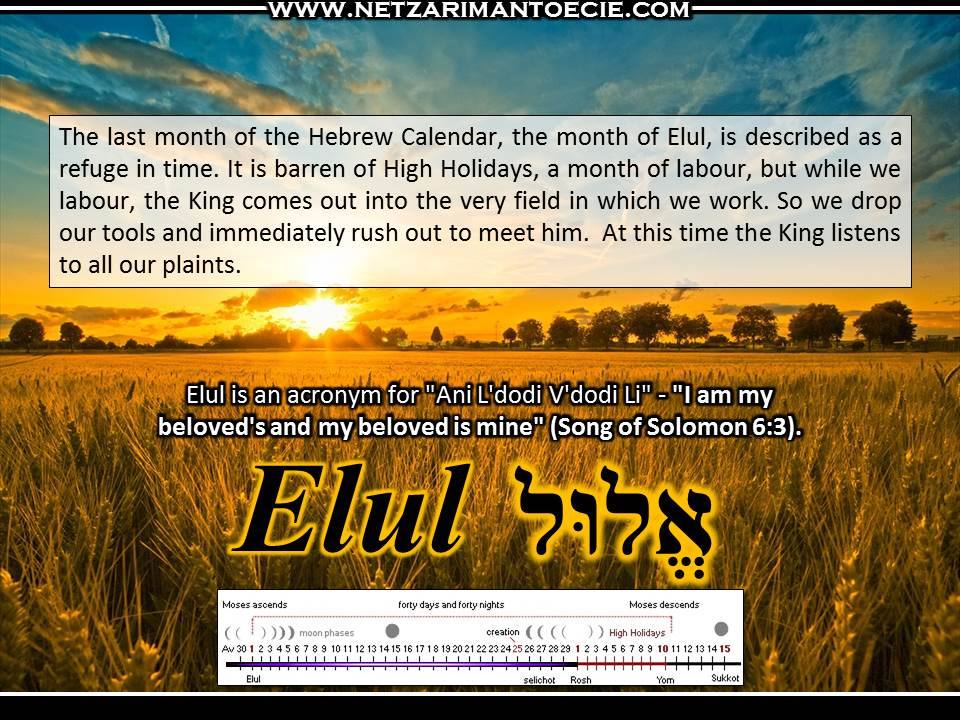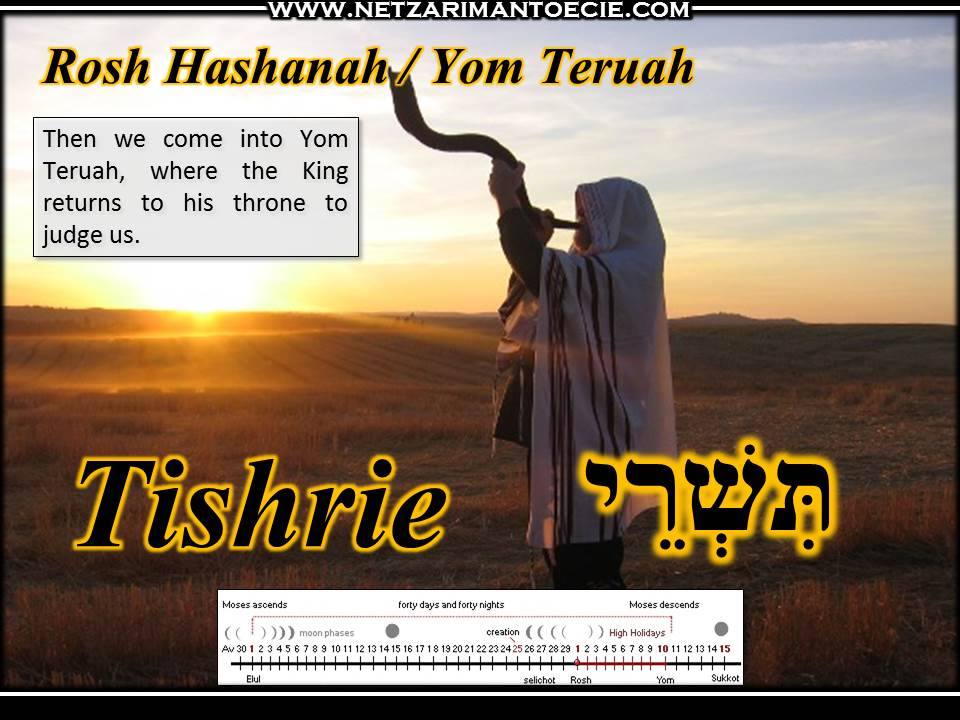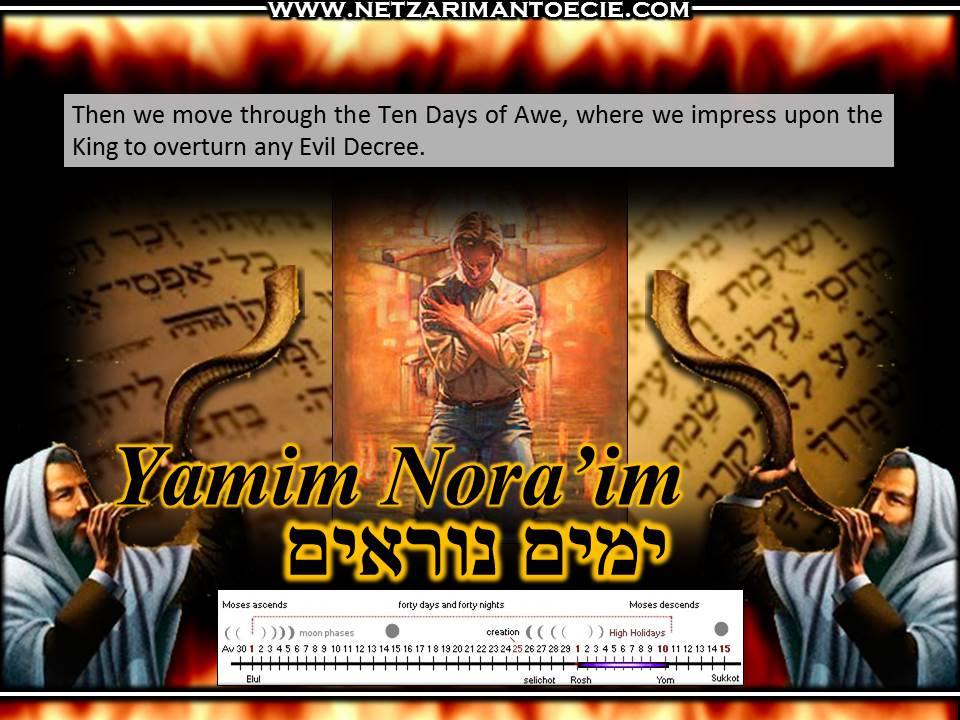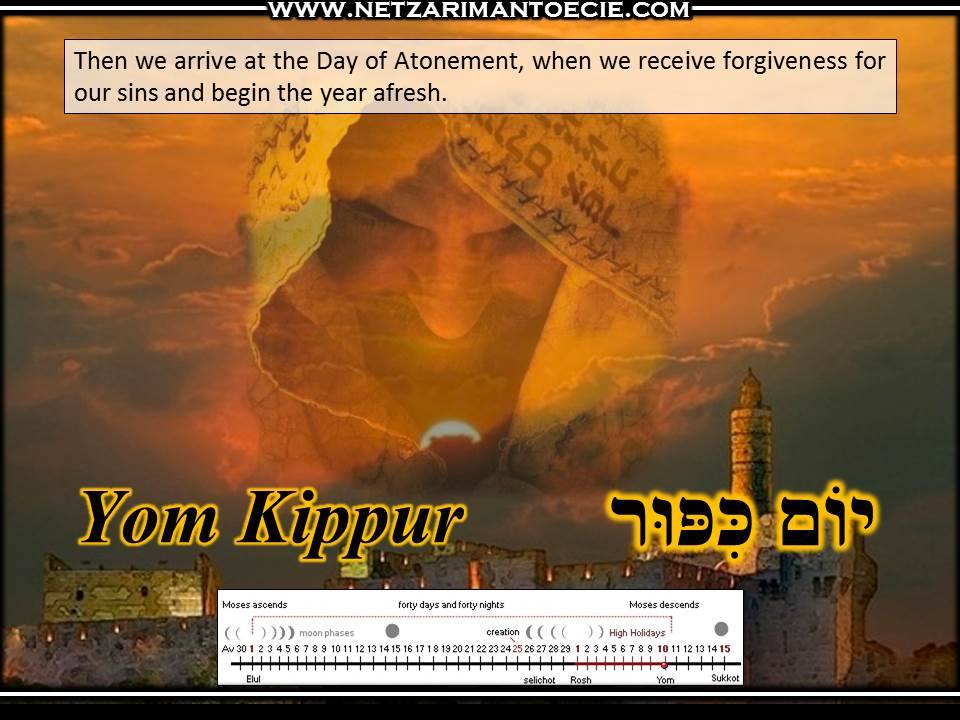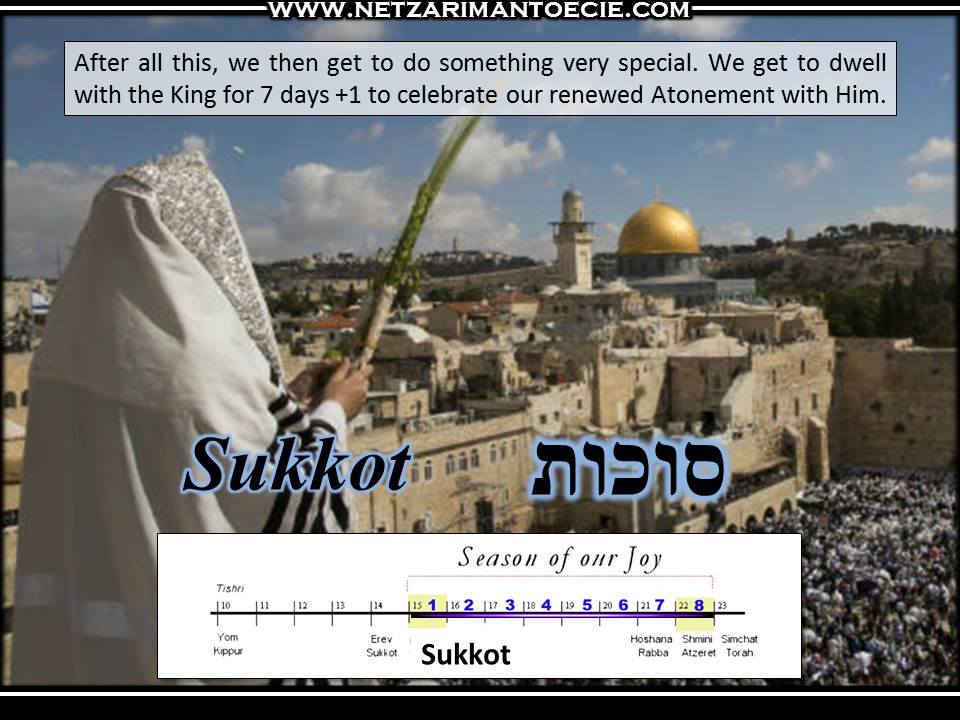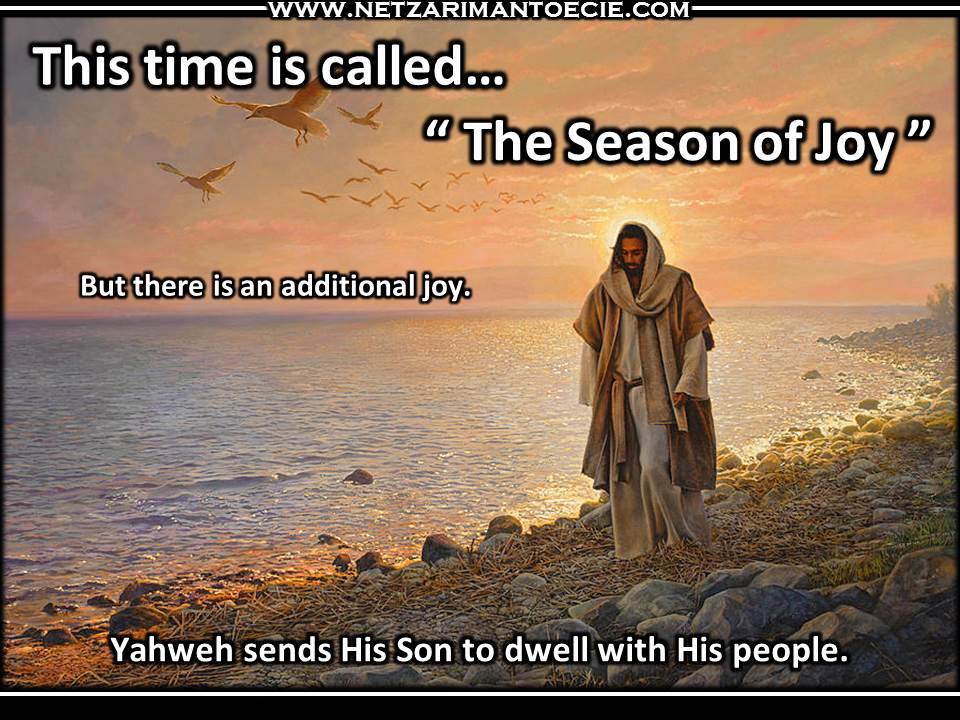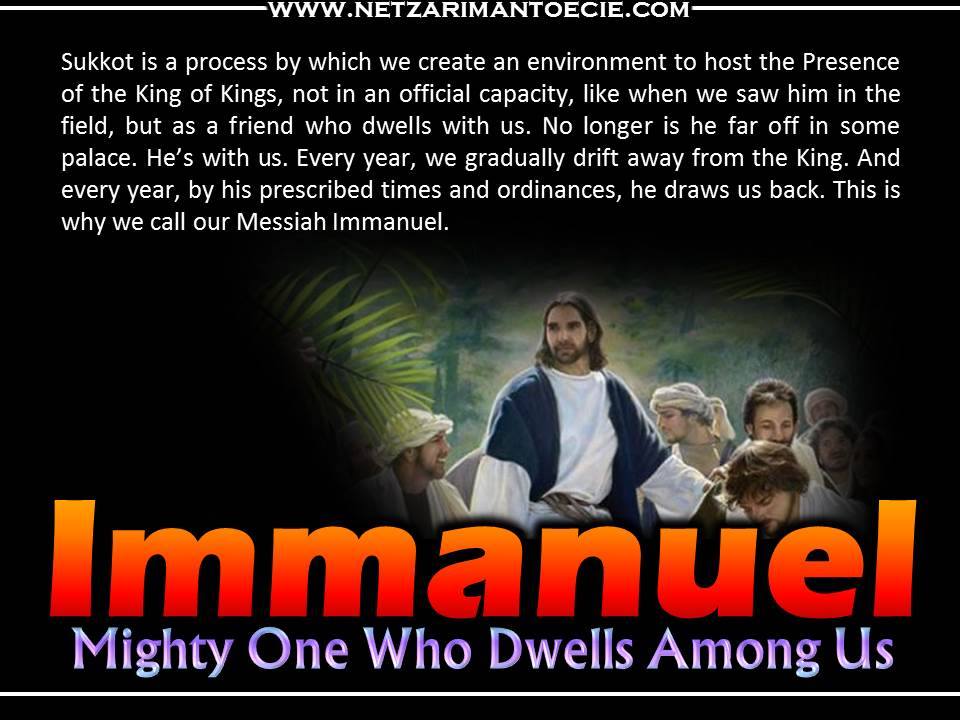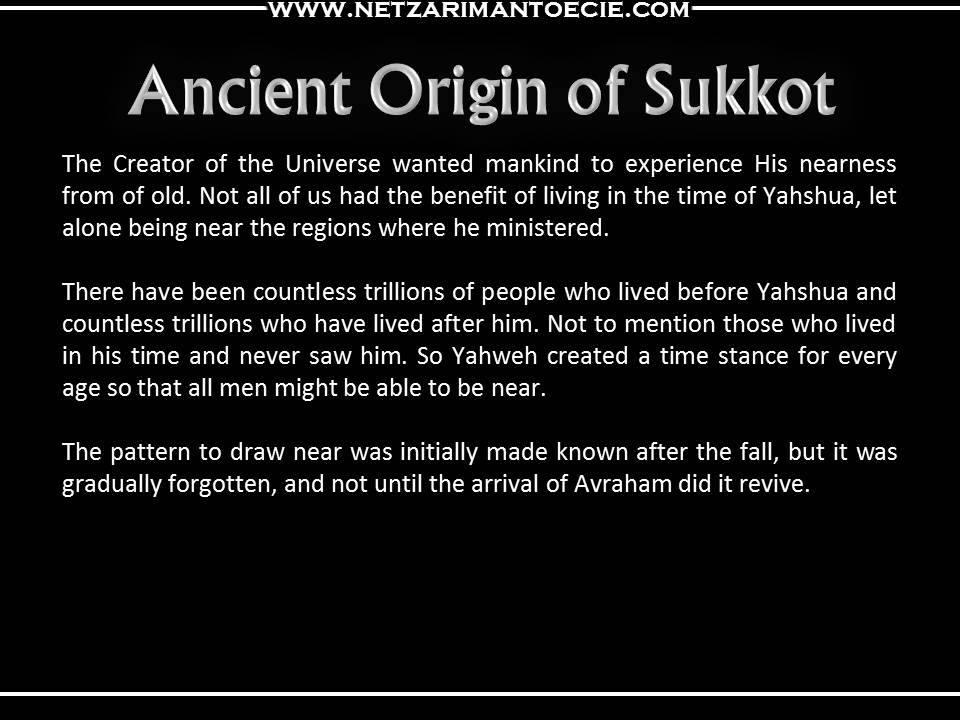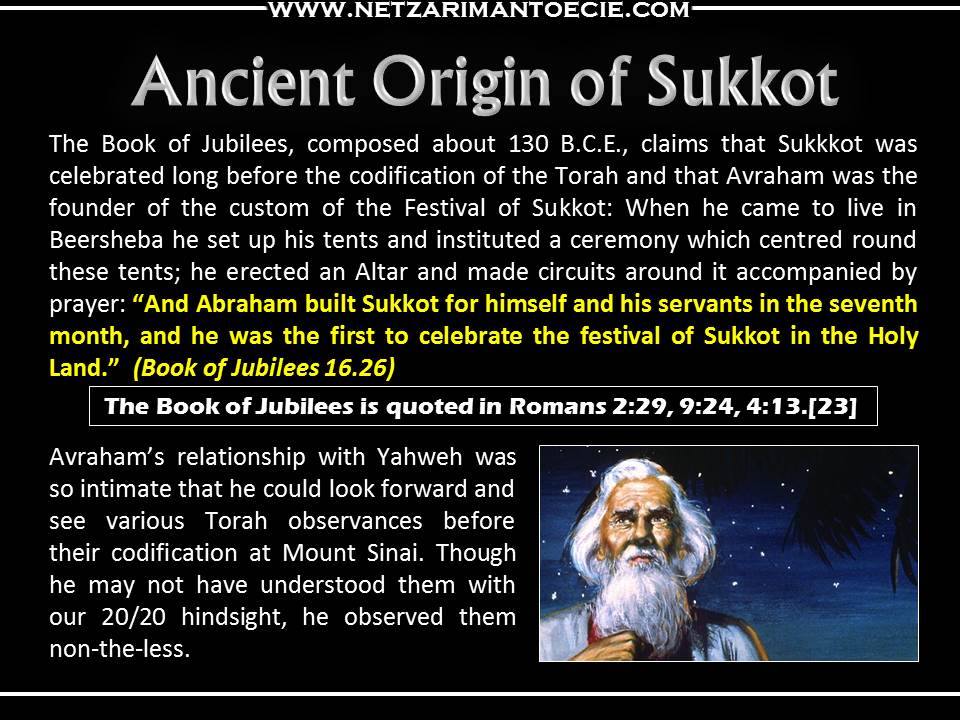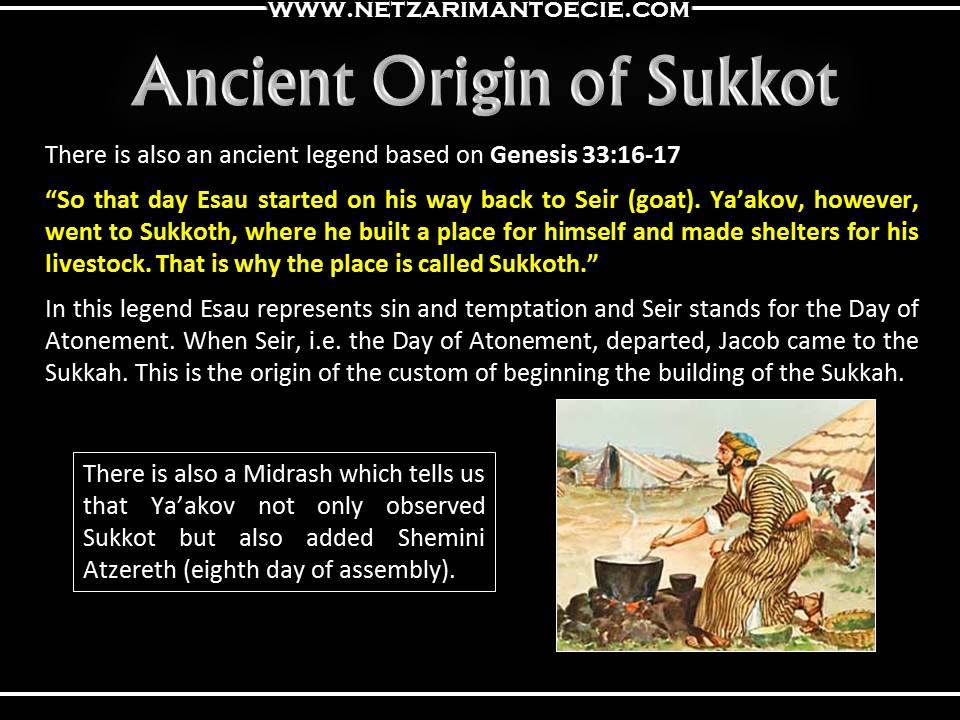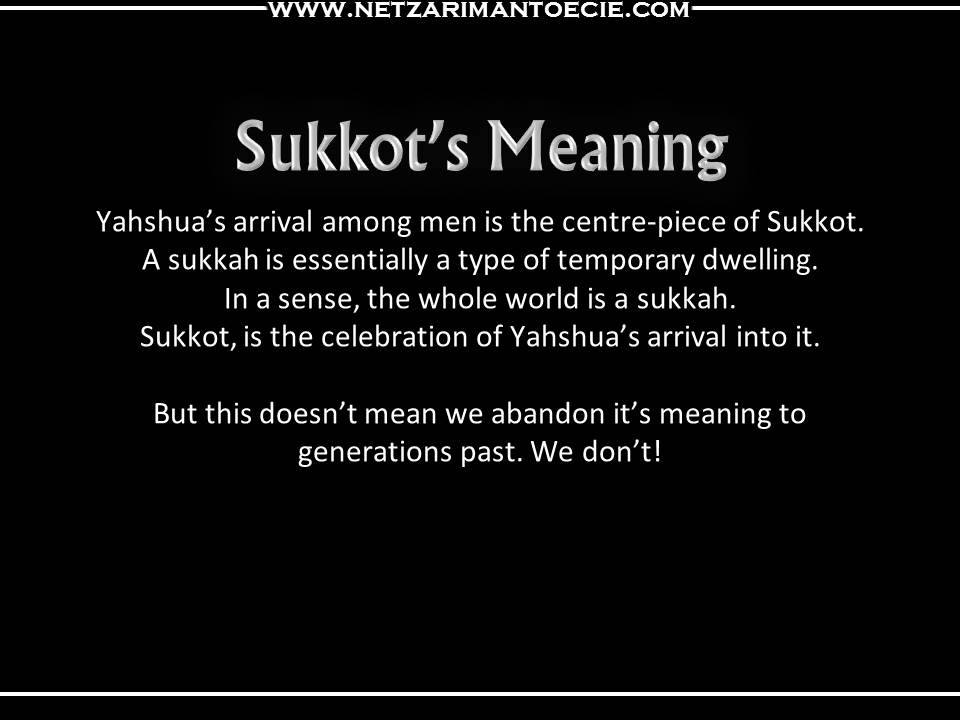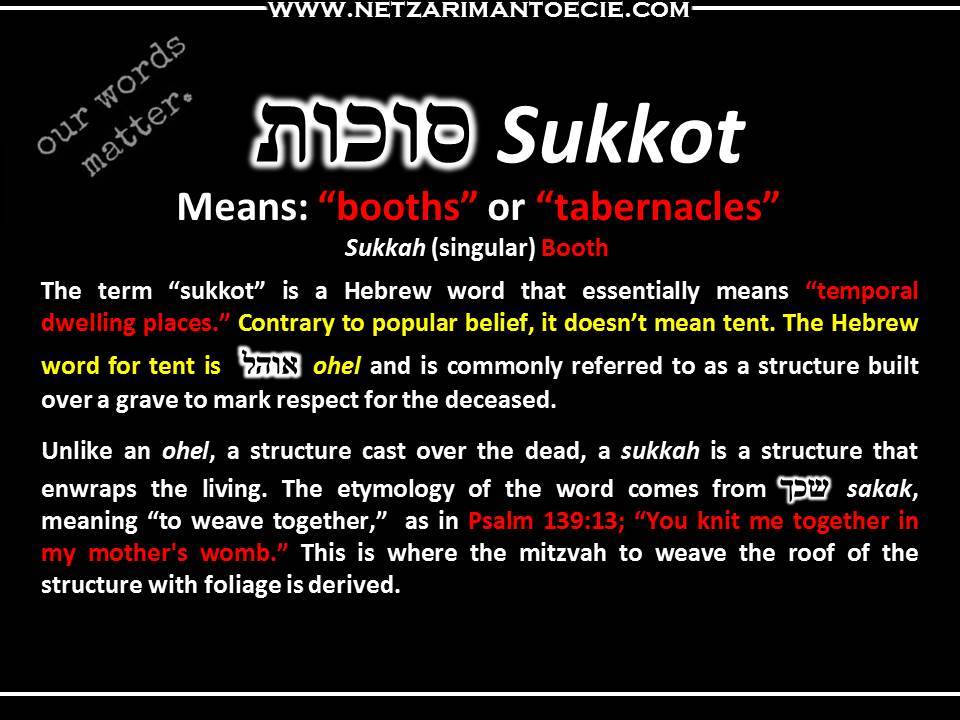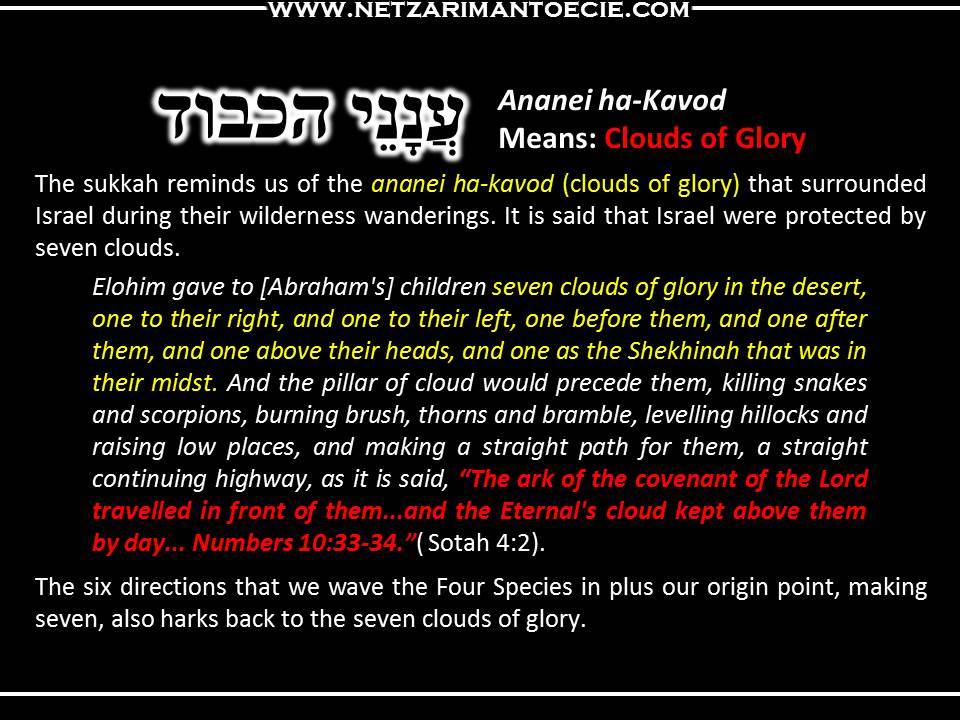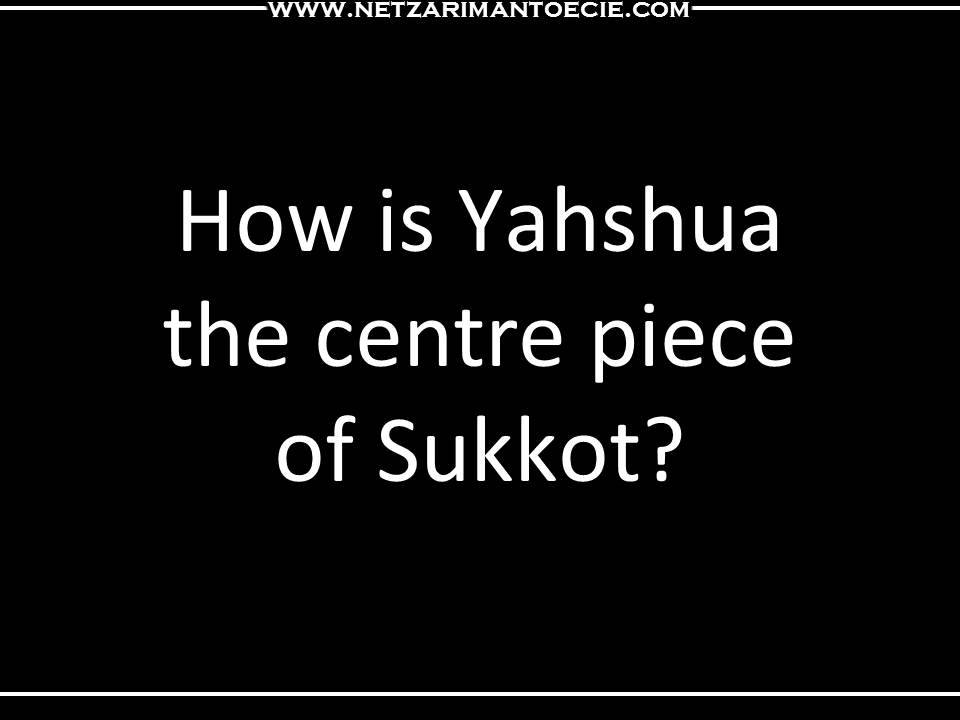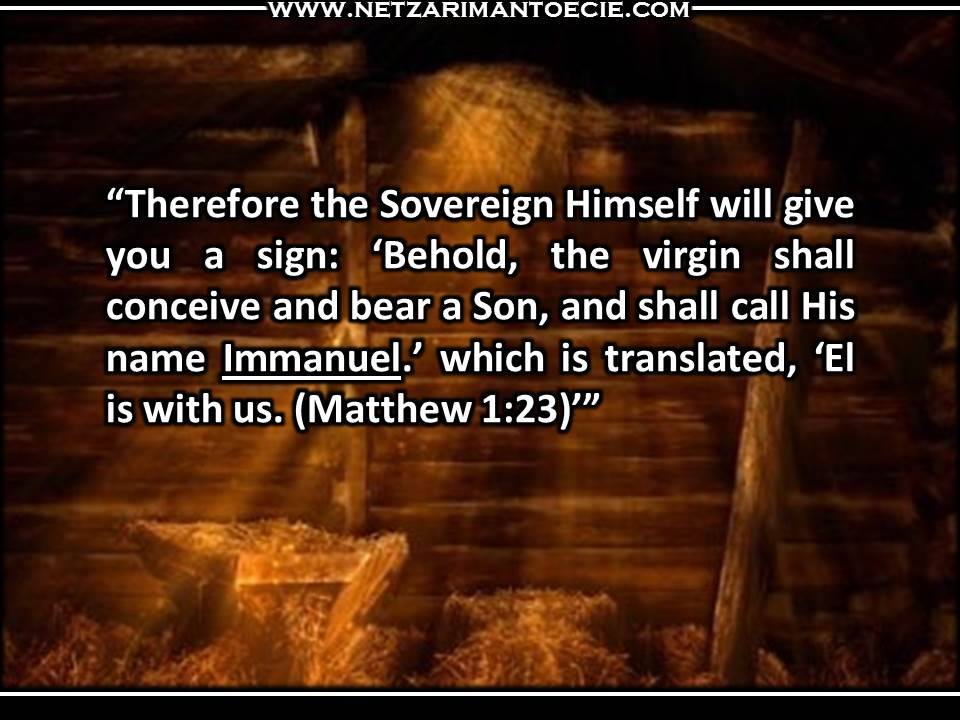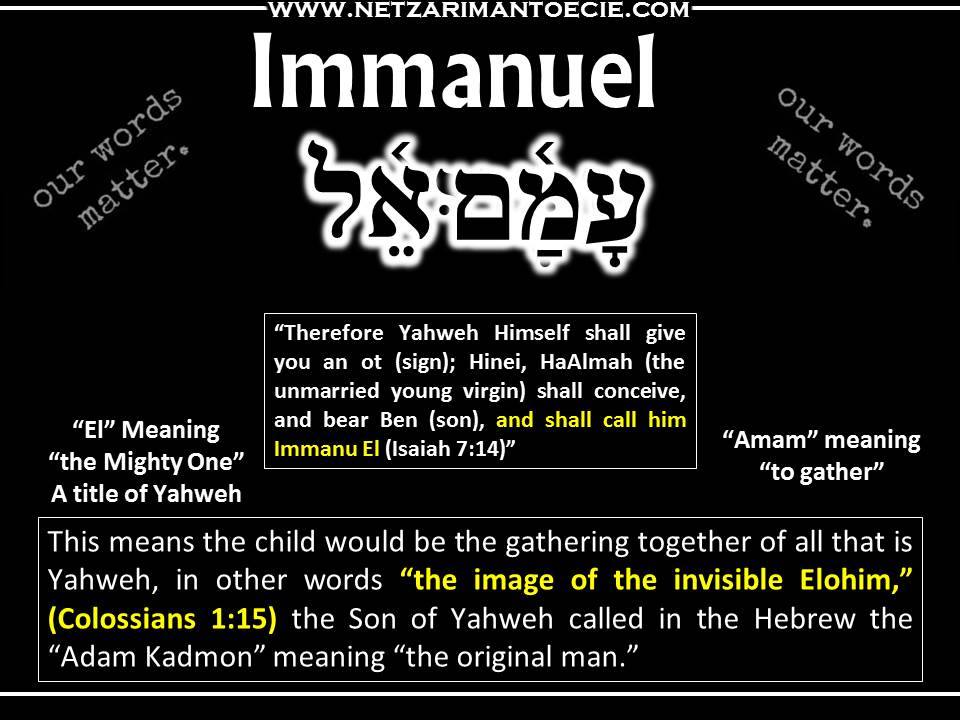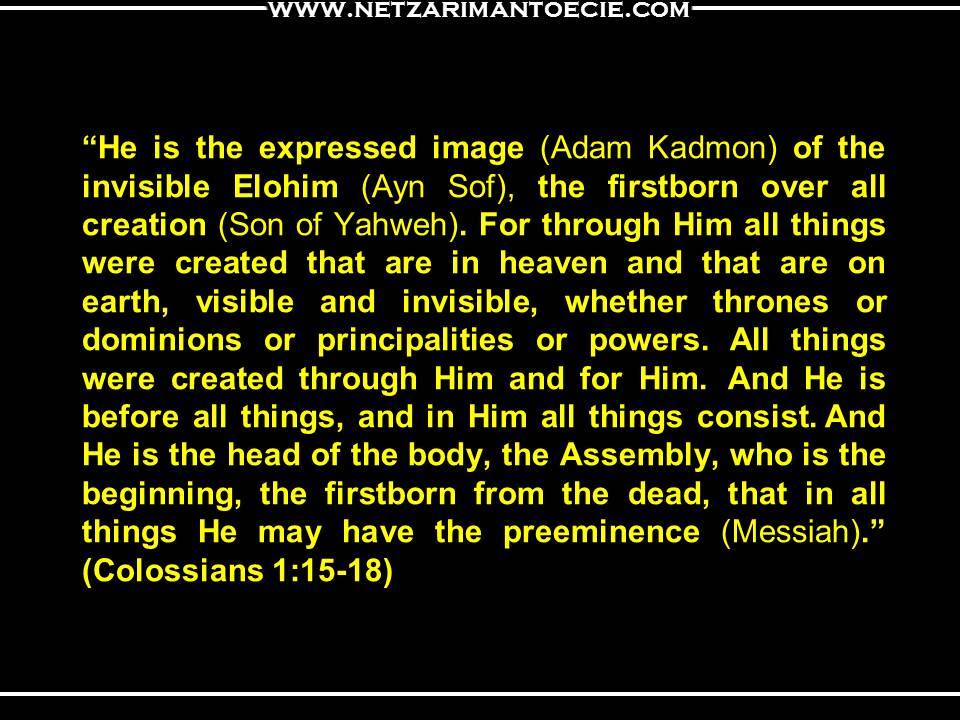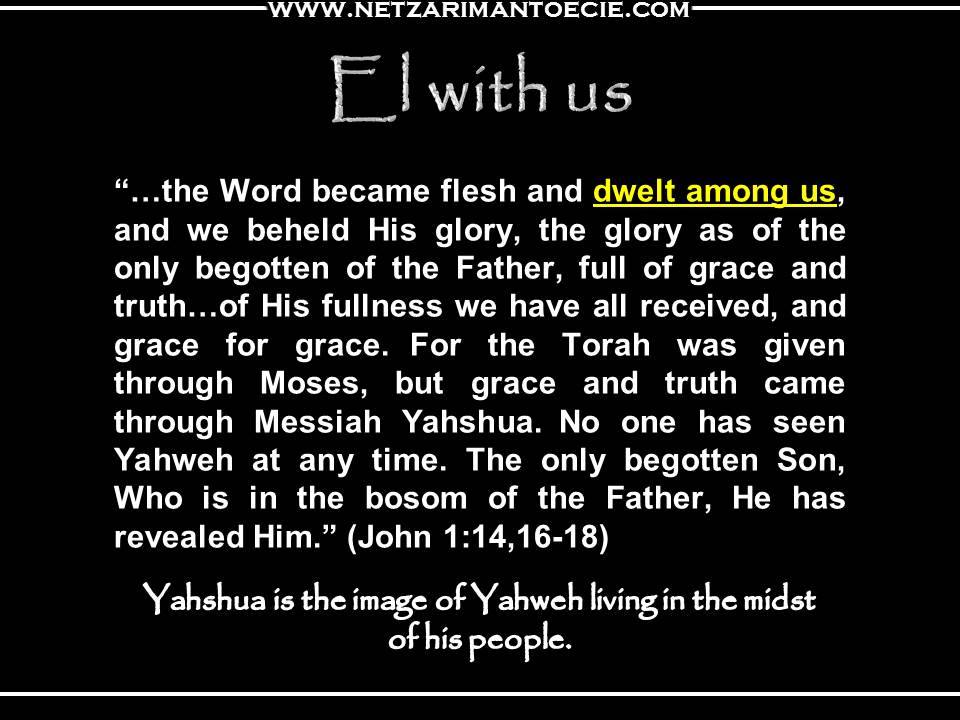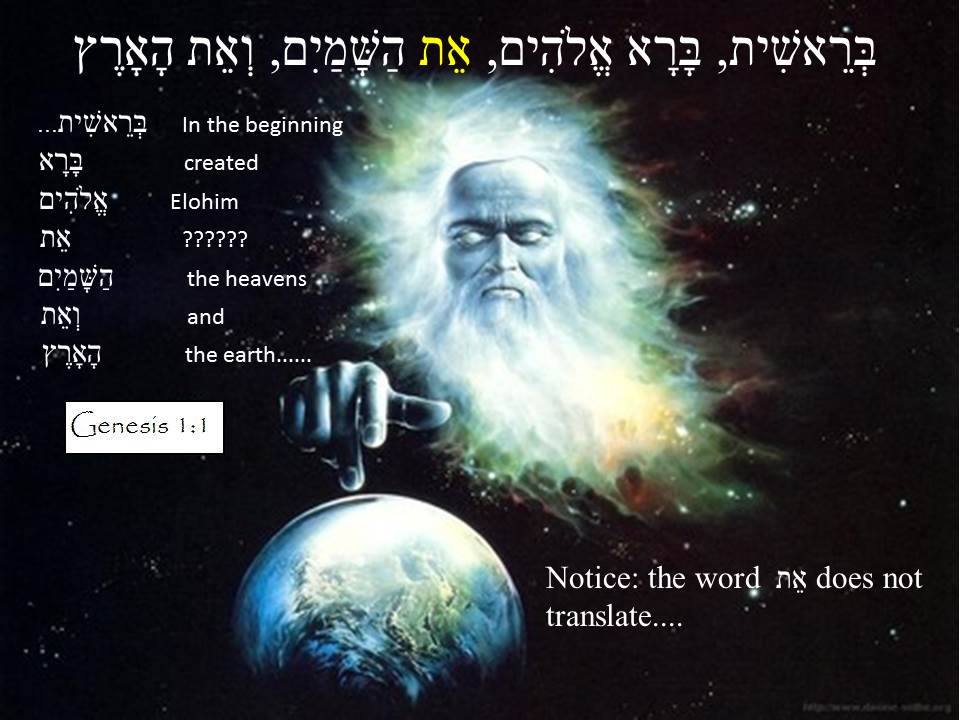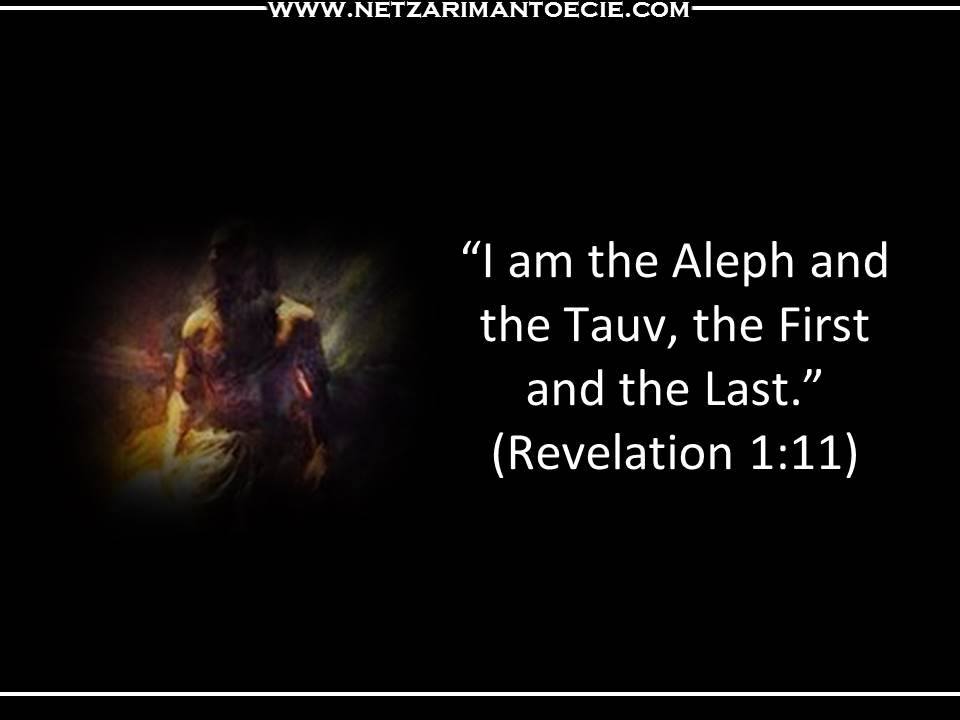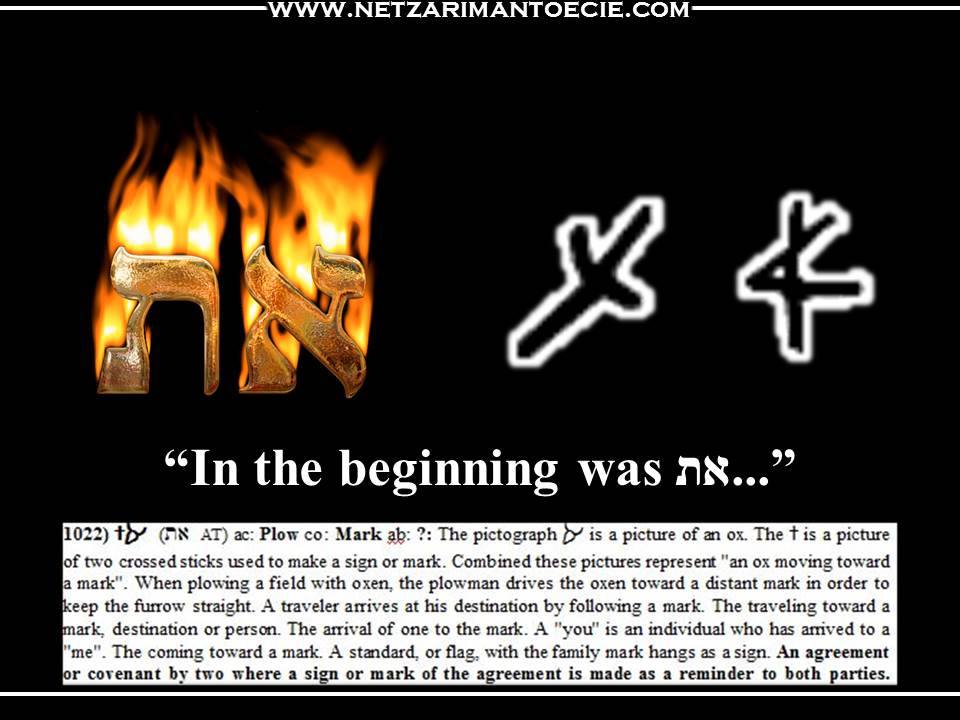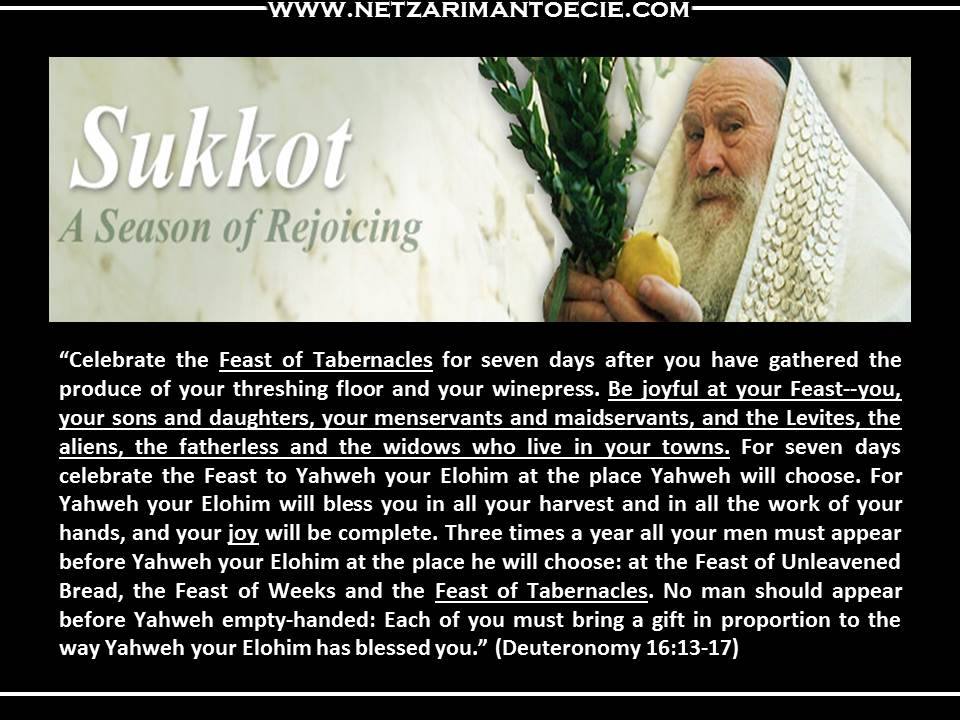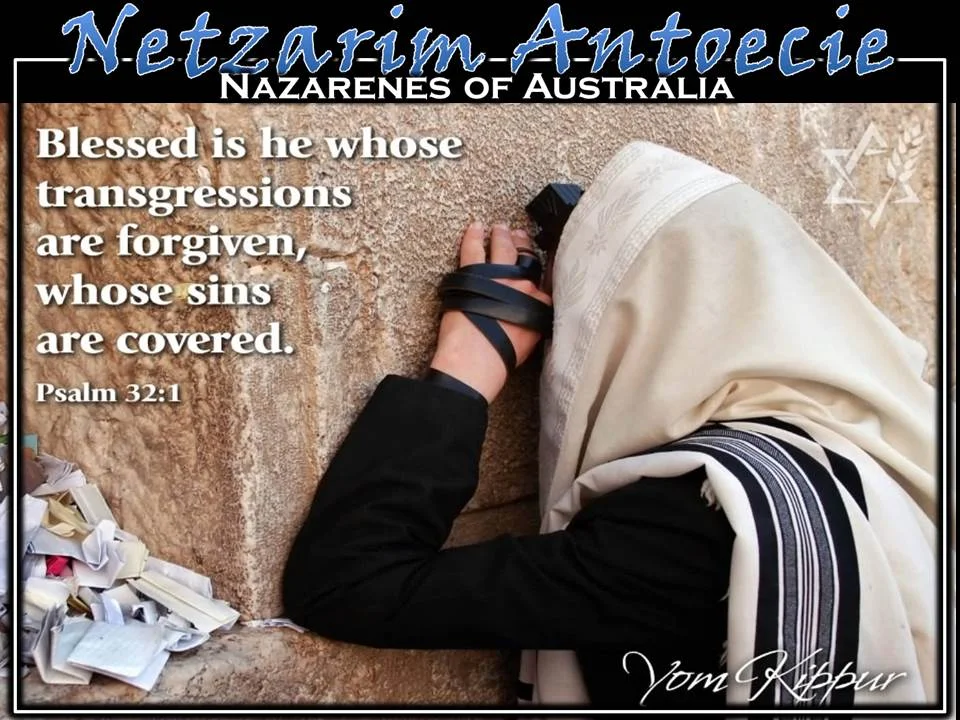Video Teaching
Audio Teaching
Coming Soon! please check back for audio file
Study notes and Slides
Blood on the Menorah
In the past weeks, we’ve spoken about self-sacrifice, the ‘I would die for you’ type of love that is the perfected form of loving one’s neighbour as yourself and we’ve spoken about the qualities found in good leadership.
In doing this, we’ve primed ourselves for this season, what season? The season of self-sacrifice. We remember and commemorate the loss of thousands of Jewish lives under the torturous regime of a madman. Men and women who refused to let go of the Torah in the face of enormous hardship and brutality – even in the face of torcher and death.
(Slide)
“For Yahweh so loved the world that he gave his one and only Son, that whoever believes in him shall not perish but have eternal life." (John 3:16)
This verse is well-known. But what many fail to realise, is that Scripture refers to another first born son.
(Click)
“Then say to Pharaoh, ‘This is what Yahweh says: Israel is my firstborn son, and I told you, ‘Let my son go, so he may worship me. (Exodus 4:22)’” The nation of Israel in any age, whoever is left standing who upholds the Torah is Israel. And so Israel as well as Messiah are both Yahweh’s first born sons. They are interconnected, indivisible and symbiotic.
It takes some time to absorb the concept that the Nation of Israel is also the personage of Messiah. Messiah is the head and the nation of Israel is his body. Like Messiah’s body, which was mercilessly brutalized and killed in the closing moments of Passion week, Israel has also been murderously brutalized, contorted and had its life’s blood leaked out of it on the ground in every age. Every martyred Israelite imitates the martyrdom of Messiah. Even natural death from old age is a form of martyrdom because death is also our enemy.
(Click)
“Aren’t you aware that all of us who were immersed into Messiah Yahshua were immersed into His death?” (Romans 6:3)
We often talk about resurrection and new life with great zeal and vigour and in doing this sometimes fail to remember, that to resurrect, one must die first. In a way, it’s understandable with congregations opting for names like, ‘New Life Ministry’ and ‘Sons of the Resurrection’ rather than call themselves ‘Lambs to the Slaughter Ministries’ or ‘Children of the Gallows,’ but sometimes we need to remember the cost of getting here and Chanukah is a golden opportunity to remember and be reminded of what’s at stake.
Leaders and religious organisations waltz their flocks through a sanitised version of the word, never taking a moment to recall that the Temple was a constant slaughterhouse of animals.
Resurrection just happens. It takes no effort on our part at all. Even the wicked along with the righteous are resurrected. Learning about resurrection at the exclusion of learning about how to die well, still doesn’t remove the reality of the coming storm, the storm which Israel has weathered many times before. What are we training for, the courage to die or the ability to do pirouettes as we rise into the air upon our resurrection?
The problem is that when we think of the Bible and its stories, we subconsciously compartmentalise it from history. We often look at Scripture in a vacuum, accepting its events as having had happened, but rarely bothering to make any connection to normative historical events and in doing so we compartmentalise.
Before we discuss Chanukah in Scripture to validate its observance and how to observe it, it’s important to discuss what happened first. It’s hard to take on an observance if you don’t know what you’re trying to connect to.
The lead up to and the story of Chanukah, which means ‘dedication” is related in 1 & 2 Maccabees of the Apocrypha, a collection of works that should appear between the last book of the TaNaK (Malachi) and the first book of the Netzarim Ketuvim (Matthew). Without these works, around four-hundred years of events is missing from the Bible.
(Slide)
The Books of the Apocrypha were successfully confiscated from the Jews by the church and are held, reproduced and published by the church to this very day. Their eventual removal from many Christian Bibles came by way of the Protestant Reformation in 1881. Since the Apocrypha’s removal from Jewish possession, it remained out of circulation in Orthodox Jewish circles based on a lack of trust of Greek translations that are said to not adhere faithfully to the original manuscripts. This is not the case, but the Jews are very suspicious of writings that have fallen into the hands of foreigners. However, the observance and story of Chanukah is faithfully retained by way of oral tradition in Judaism.
The events leading up to Chanukah are also understood by Orthodox Rabbis and Jews as the fulfillment of Daniel's "Abomination of Desolation" prophecy in Daniel 9:22-27, 12:11-12. To those with Messianic understanding, it is seen as the first fulfillment of this prophecy, with the complete fulfillment to come to pass during the Time of Jacob's Trouble.
Let’s begin.
The Story of Chanukah
Near the end of the reign of Alexander the Great, when he perceived that he was dying, he divided his kingdom up among his generals. Eventually the region of Judah came to the possession of Antiochus IV (4th) Epiphanes, a Hellenistic Greek king of the Seleucid Empire, whose reign commenced in 175 BC.
“Then (Alexander the Great’s) officers began to rule, each in his own place. They all put on crowns after his death, and so did their sons after them for many years; and they caused many evils on the earth. From them came forth a sinful root. Antiochus Epiphanes, son of Antiochus the King; he had been a hostage in Rome. He begun to reign in the one hundred and thirty-seventh year of the Kingdom of the Greeks. In those days, lawless men came forth from Israel, and they misled many, saying, ‘Let us go and make a covenant with the Gentiles round about us, for since we separated from them many evils have come upon us.’ This proposal pleased them, and some of the people eagerly went to the king. He authorised them to observe the ordinances of the Gentiles. So, they built a gymnasium in Jerusalem, according to Gentile custom, and removed the marks of circumcision, and abandoned the holy covenant. They joined with the Gentiles and sold themselves to do evil.” (1 Maccabees 1:8-15)
So during Alexander’s reign, the Jews were left in relative peace. Alexander was a friend to the Jew, who met with the High priest in his day and was impressed with his conduct and the faith and cultural aspects of the Jews. However, during this time, the Jews became complacent, they begun to take their freedom for granted and after Alexander’s reign had ceased and when Antiochus began to rule, hardship had begun to return, prompting the leader of the Jews at the time to think that their separation of lifestyle was the cause of their hardships and so moved a decree to assimilate with the nations. It was this action that caused their hardships to worsen. In 169 BCE, after successfully invading Egypt, Antiochus moved on to Israel with a strong force and literally waltzed up the Temple and stripped it of all its valuables with no reprisal. “(Antiochus) arrogantly entered the sanctuary and took the golden altar, the menorah, for the light and all utensils. He took also the table for the bread of the presence, the cups for drink offerings, the bowls, the golden censors, the curtain, the crowns, and the gold decoration on the front of the Temple; he stripped it all off. He took the silver and the gold, and the costly vessels, he took also the hidden treasures which he found. Taking them all, he departed to his own land.” (1 Maccabees 1:21-24)
He murdered and spoke arrogantly against the Jews, causing the entire nation to lament. He had literally gone in and raped the entire nation and walked out. Two years later he sent a large garrison to occupy Israel to subdue their Torah observance and milk them of any wealth by way of tribute.
He spoke of peace, but plundered and burned much of Jerusalem to the ground, taking women and children as he wished and confiscated livestock and businesses. 1 Maccabees 1:36 says that he became “…an evil adversary of Israel continually.”
Then he sent out a decree that “each (Jew) should give up his own customs. All the Gentiles accepted the command from the king. Many even from Israel gladly adopted his religion; they sacrificed to idols and profaned the Sabbath.” (1 Maccabees 1:42-43)
(Slide)
“Then on the fifteenth day of Chislev, in the one hundred and forty-fifth year, they erected a desolating sacrilege upon the altar of burnt offering. They also built altars in the surrounding cities of Judah...The Books of the law which they found they tore to pieces and burned with fire. Where the book of the covenant was found in the possession of any one, or if any one adhered to the law, the decree of the king condemned him to death.” (1 Maccabees 1:54-57)
The desolating sacrilege was a statue of Zeus with the face of Antiochus Epiphanes, and it was erected atop of the altar of burnt offering. After sacrificing a pig on it, he then proclaimed himself to be Elohim. He then cooked the pig in the Temple and poured its broth on the sacred Torah Scrolls.
Soon, woman were found having circumcised their children, so they had both the women and children killed and hung them from the city walls with the dead children around their mother’s necks (1 Maccabees 1:59-61).
Around this time, a man named Mattathias, who was a priest of the sons of Joarib, moved with his five sons to Modein. He and his family were the Hasmonean Maccabees, Levites, but not descendants from A’aron. Normally, their role was to serve in the outer courts of the Temple.
We see that the horrors Mattathias saw in Jerusalem had become too much to bear with this lament,
(Slide)
“Alas! Why was I born to see this, the ruin of my people, the ruin of the Holy city, and to dwell there when it was given over to the enemy, the sanctuary given over to the aliens? Her Temple has become like a man without honour; her glorious vessels have been carried into captivity. Her babes have been killed in her streets, her youths by the sword of the foe. What nation has not inherited her palaces and has not seized her spoils? All her adornment has been taken away; No longer free, she has become a slave. And behold, our holy place, our beauty, and our glory have been laid to waste; the Gentiles have profaned it. Why should we live any longer?” (1 Maccabee 2:7-13)
Soon, Antiochus’ officers, who were enforcing the apostasy, came to the city where he and his sons dwelt to make them offer sacrifices. Knowing that Mattathias was well respected within his community, the officers requested that he come forward first as an example to the rest of the community.
(Slide)
“But Mattathias answered and said in a load voice: ‘Even if all the nations that live under the rule of the king obey him, and have chosen to do his commandments, departing each one from the religion of his fathers, yet I and my sons and my brothers will live by the covenant of our fathers. Far be it from us to desert the law and the ordinances. We will not obey the king’s words by turning aside from our religion to the right hand or the left.’ When he had finished speaking these words, a Jew came forward on the sight of all to offer sacrifice upon the altar in Modein, according to the king’s command. When Mattathias saw it, he burned with zeal and his heart stirred. He gave vent to righteous anger; he ran and killed him upon the altar. At the same time he killed the king’s officer who was forcing them to sacrifice, and he tore down the altar.” (1 Maccabees 2:19-25)
(Slide)
“Then Mattathias cried out in the city with a loud voice, saying: ‘Let everyone who is zealous for the law and supports the covenant come out with me!’ And he and his sons fled to the hills and left all that they had in the city.” (2 Maccabees 2:27-28)
Many other Jews who were seeking righteous fled into the wilderness and lived in caves. Eventually, Officer’s from Antiochus’ garrison and additional forces sought them out and encamped opposite them, trying to negotiate their return if they would discard the Torah. The Jews refused and they were slaughtered on the Shabbat, refusing to defend themselves and profane the holy day. When Mattathias, his sons, and his growing army of followers heard of the slaughtered, they vowed to defend themselves if they should ever be attacked on the Shabbat, lest no-one would be left alive who upheld the Torah.
(Slide)
After this a mighty warrior class of Israelite called the Hasideans joined Mattithias and his followers and they became fugitives, tearing down pagan altars wherever they went and circumcising any male child they found. Word quickly spread to Antiochus of this growing threat and he begun to send large armies to pursue and kill them. Soon Mattathias grew old and passed on his leadership to Judah Maccabee. Upon his death, Mattathias blessed Judah and he became valiant warrior who killed and took the sword of Apollonius, the governor of Samaria who oversaw the large force that was assembled to quell the uprising.
At one point, one of Judah’s comrades remarked,
(Slide)
“‘How can we, few as we are, fight against so great and strong a multitude? And we are faint, for we have eaten nothing today.’ Judah replied ‘It is easy for many to be hemmed in by few, for in the sight of Heaven there is no difference between saving by many of by few. It is not on the size of the army that victory in battle depends, but strength comes from Heaven. They come against us in great pride and lawlessness to destroy us and our wives and our children, and to despoil us, but we fight for our lives and laws.’” (3 Maccabees 3:17-21)
(Slide)
From victory to victory the Maccabees kept pushing and Antiochus became greatly destressed, having exhausted his funds. He sought to raise funds from other nations to assemble a great and heavy force and marched it against Jerusalem, but again Judah and his men prevailed.
Finally, Judah and his forces came upon the Temple, which had been desecrated so badly, that it was barely recognizable. Summoning all their strength, they cleansed it, made a makeshift menorah and rededicated it. The Talmud says that during the cleaning only one veil of kosher oil was found, enough to light the menorah for only one day, seven days short of the time it should burn when the Temple is dedicated.
(Slide)
Shabbat 21b: "Our rabbis taught: On the 25th day of Kislev begin the eight days of Chanukah, on which lamentation for the dead and fasting are forbidden. For when the Greeks entered the Temple, they defiled all the oil in it, and when the Hasmonean dynasty prevailed over them and defeated them, they searched and found only one bottle of oil sealed by the High Priest. It contained only enough for one day's lighting. Yet a miracle was brought about with it, and they lit (with the oil) for eight days. The following year they were established as a festival, with Hallel and Thanksgiving."
Around the same time when Antiochus was on campaign in Persia and forced into retreat he received news of his armies defeat against the Jews. He directed his charioteer to make flight to Jerusalem where he boasted he would make it a cemetery of Jews.
(Slide)
“As soon as he ceased speaking he was seized with a pain in his bowels for which there was no relief and with sharp internal tortures - and that very justly, for he had tortured the bowels of others with many and strange inflictions. Yet he did not in any way stop his insolence, but was even more filled with arrogance, breathing fire in his rage against the Jews, and giving orders to hasten the journey. And so it came about that he fell out of his chariot as it was rushing along, and the fall was so hard as to torture every limb of his body.” (2 Maccabees 9:5-7)
Eventually Judah Maccabee fell in battle, but not before securing Jerusalem and winning freedom over the enemies of the Jews.
Chanukah in the Torah
Now, that was a crash course in the story of Chanukah. Now, for its appearance in Scripture.
Chanukah is mentioned in the Torah, yes, even before the event even occurred.
(Slide)
The twenty-fifth Hebrew word in the opening of the Book of Genesis is ohr, which means “light” and we begin lighting the Chanukah lights on the 25th day of the month of Kislev, the same day that the Temple was dedicated after the victory of the Maccabee forces against the Syrian-Greeks.
(Slide)
When Israel travelled in the desert, on their way from Egypt to the land of Israel, the twenty-fifth place that they camped (“rested”) was Chashmonah. This alludes to the priestly family of Chashmonaim (Hasmoneans), who led the Maccabee armies in the battle against the Greeks, and who rested on the twenty-fifth day of Kislev. The first part of the word Furthermore, Chanukah is made up of two parts: “Chanu” which means “they rested” and the second part, “kah,” which means “25.”
The 23rd chapter of Leviticus describes the different Hebrew holidays. Immediately afterwards, at the beginning of chapter 24, we find the commandment to light the menorah in the Temple. This is a hint to a holiday connected to the lighting of the menorah.
Every tribal leader brought an offering to dedicate the Tabernacle, accept the tribe of Levi. The Midrash tells us that Yahweh told Moshe to tell his brother A’aron—the high priest, head of the Levites, and ancestor of the Maccabees—not to worry: sacrifices will last only as long as the Temples stands, but the lights will be lit forever. The lights of the Chanukah menorah that your descendants will initiate will continue to illuminate the darkness even after the destruction of the Temple.
The 7th and 8th chapters of Leviticus also hold a connection to the Chanukah Menorah. These describe the offerings and the lighting of the menorah. The light of the menorah is cast forward, not backward, but forwards hinting at something that was to come – Chanukah.
How to Observe Chanukah
- Learn about the holiday. ...
- Get a Hanukkiah. ...
- Recite the blessings when you light the Hanukkiah, or Menorah. ...
- Play dreidel. ...
- Give small tokens to children. ...
- Eat foods cooked in oil. ...
- Practice Tikkun Olam.



















